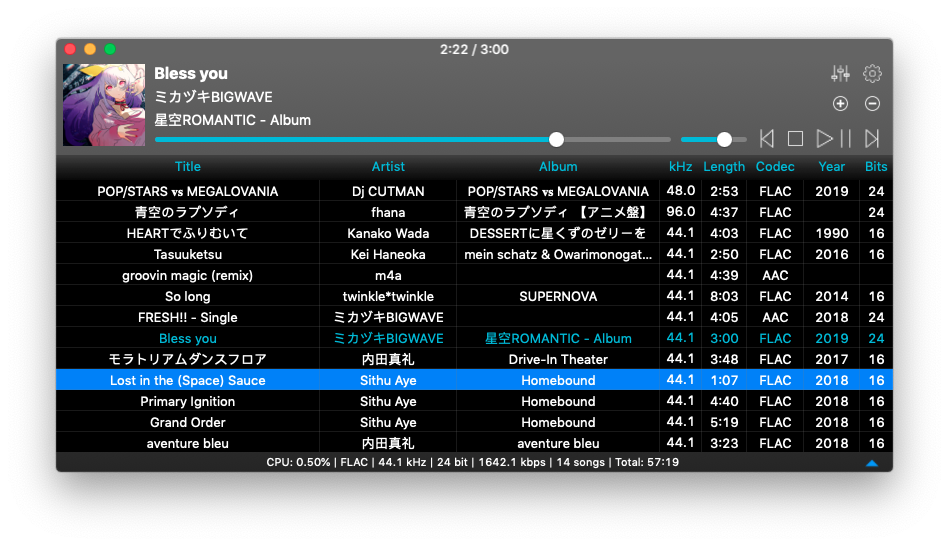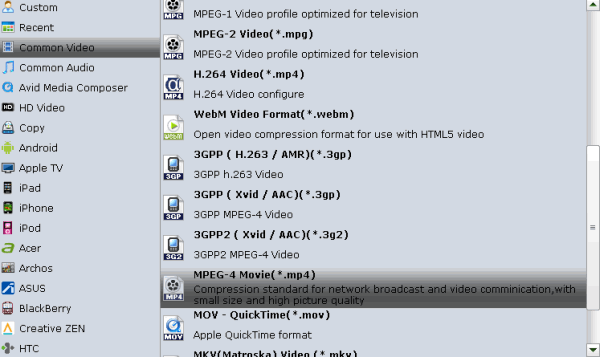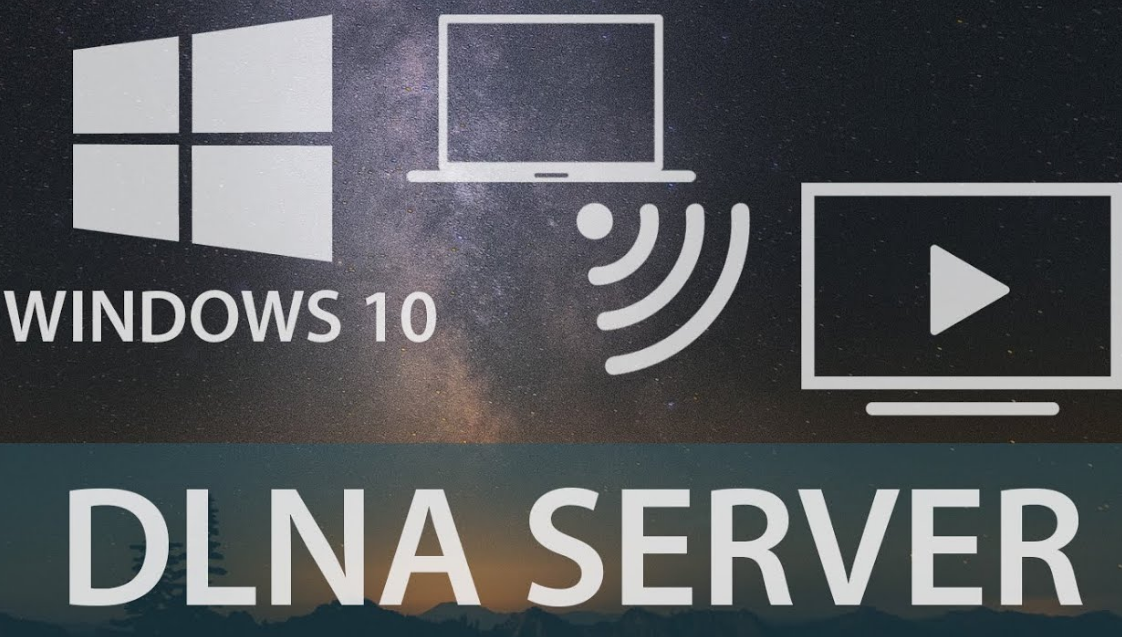

- #Live streaming os x dlna how to#
- #Live streaming os x dlna windows 7#
- #Live streaming os x dlna download#
- #Live streaming os x dlna free#
Of course you are free to keep trying to use samba and making all your files compatible with that and having to change things around every time you buy a new device.
#Live streaming os x dlna windows 7#
It does not always transcode files either, so things like MKV will play in their native format, so don’t worry about windows 7 messing with the picture quality on supported files. Meaning that if you can make windows 7 play a file then it will always play on the WDTV regardless of whether the box supports it or not. If windows 7 can play a file but the WDTV box cannot then windows 7 will automatically transcode the file. Īnother reason to use it is that windows7 will ask the WDTV box what it supports before it streams. Things like digital picture frames are not going to come with support for samba and file sharing. People should get familiar with DLNA now because it will be used in the future for all devices sold for the home. No passwords, security or anything to mess with. On the WDTV box look under media servers and the files will be there. It does not move the folder, it merely places a link to it in your library. Right click the folder you want to share with the WDTV and pick include in library. Most of these devices do not support samba, logins, security or special file systems. DLNA was created so that all the different devices, media players, TV, bluray players, game consoles, picture frames, mp3 players could share media in the home. Since this is a server, you'll likely want to set some static network settings.Īfter the installer finishes and your system reboots, you should have a shiny new FreeBSD system.Many people are butting their heads against windows 7 when really the solution is pretty easy. Fire up the FreeBSD installer on your computer or virtual machine and go through the initial steps and choose settings that best match your environment.
#Live streaming os x dlna download#
Head on over to the FreeBSD website and download the latest release. If you're of the "beastie" persuasion, getting a streaming server up and running is also devilishly easy. However, before you can begin your first stream, you'll need to restart Nginx with its new configuration: sudo systemctl restart nginx Setting up a BSD server You'll add to this config later, but this is a great starting point. This is a very minimal config that will create a working streaming server. In Nano, you can save your config by pressing Ctrl+X, Y, and then Enter. Because I'm a heretic, I use Nano for editing configuration files. Note: Because this is a server, you'll probably want to set some static network settings. Then, I fired up the Ubuntu installer on my computer or virtual machine and chose the settings that best matched my environment. If you prefer your server to have a graphical user interface (GUI), feel free to use Ubuntu Desktop or one of its many flavors. You can use many different distributions of Linux, but I prefer Ubuntu, so I downloaded the Ubuntu Server edition for my operating system. The delay can be shortened or lengthened depending on the type of stream you're creating and its attributes. A video stream must be encoded, transferred, buffered, and displayed, which often adds delays. It's also very important to know that "live" doesn't always mean instant. As open standards like WebRTC become more compatible, I would recommend that route. There are other protocols available, but I chose RTMP because it has broad support. This project uses the Real-Time Messaging Protocol (RTMP) to handle audio and video streaming.

I installed my server on a virtual machine with 4GB RAM, a 20GB hard drive, and a single Intel i7 processor core. There are no set rules when it comes to system requirements, so I recommend you experiment and find what works best for your needs.
#Live streaming os x dlna how to#
In this tutorial, I'll explain how to set up a basic live streaming server with a Linux or BSD operating system. Thankfully, with the power of open source software, anyone can set up a live streaming server. Some people don't need their videos to be available to the masses or just want more control over their content. These services are often free to use but require you to have an account and generally hold your content behind advertisements. Platforms like Amazon's Twitch and Google's YouTube boast millions of users that stream and consume countless hours of live and recorded media.

Live video streaming is incredibly popular-and it's still growing.


 0 kommentar(er)
0 kommentar(er)
